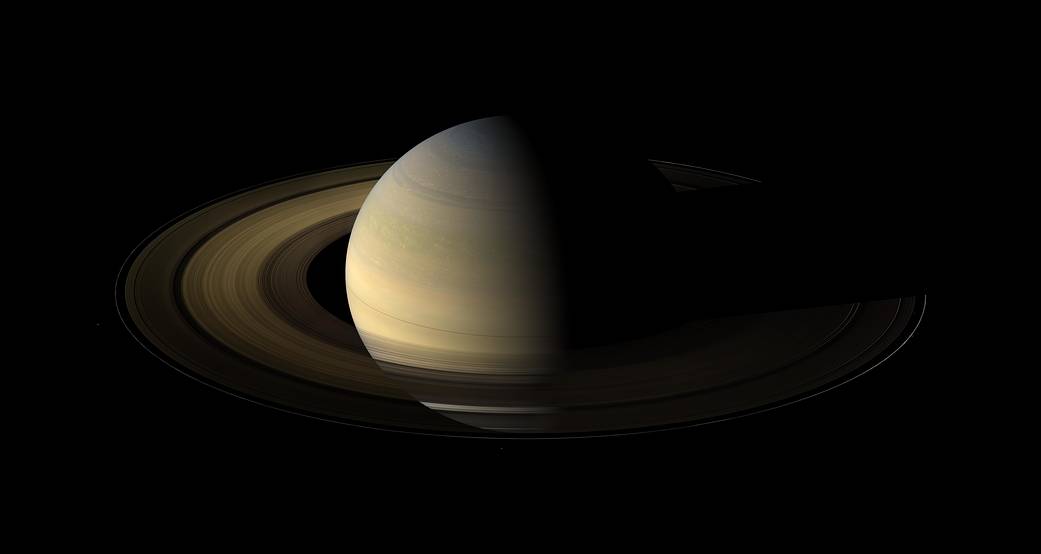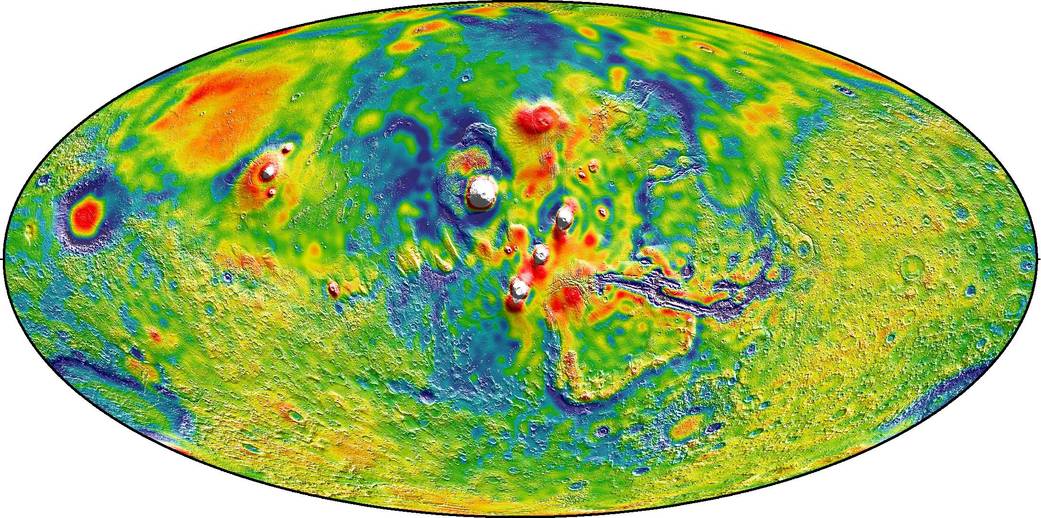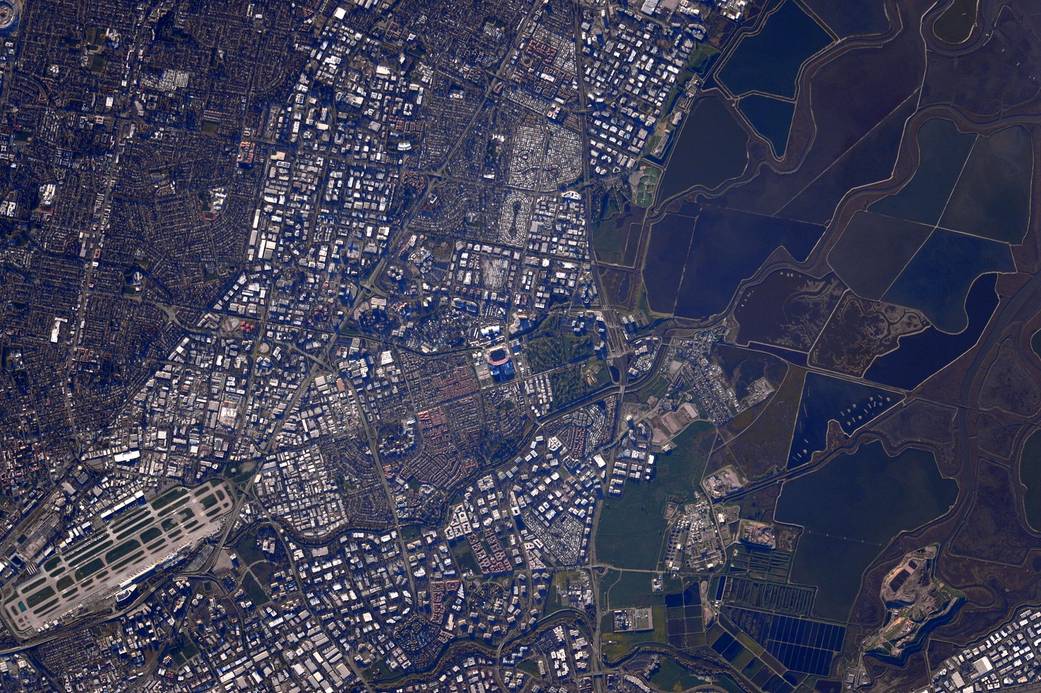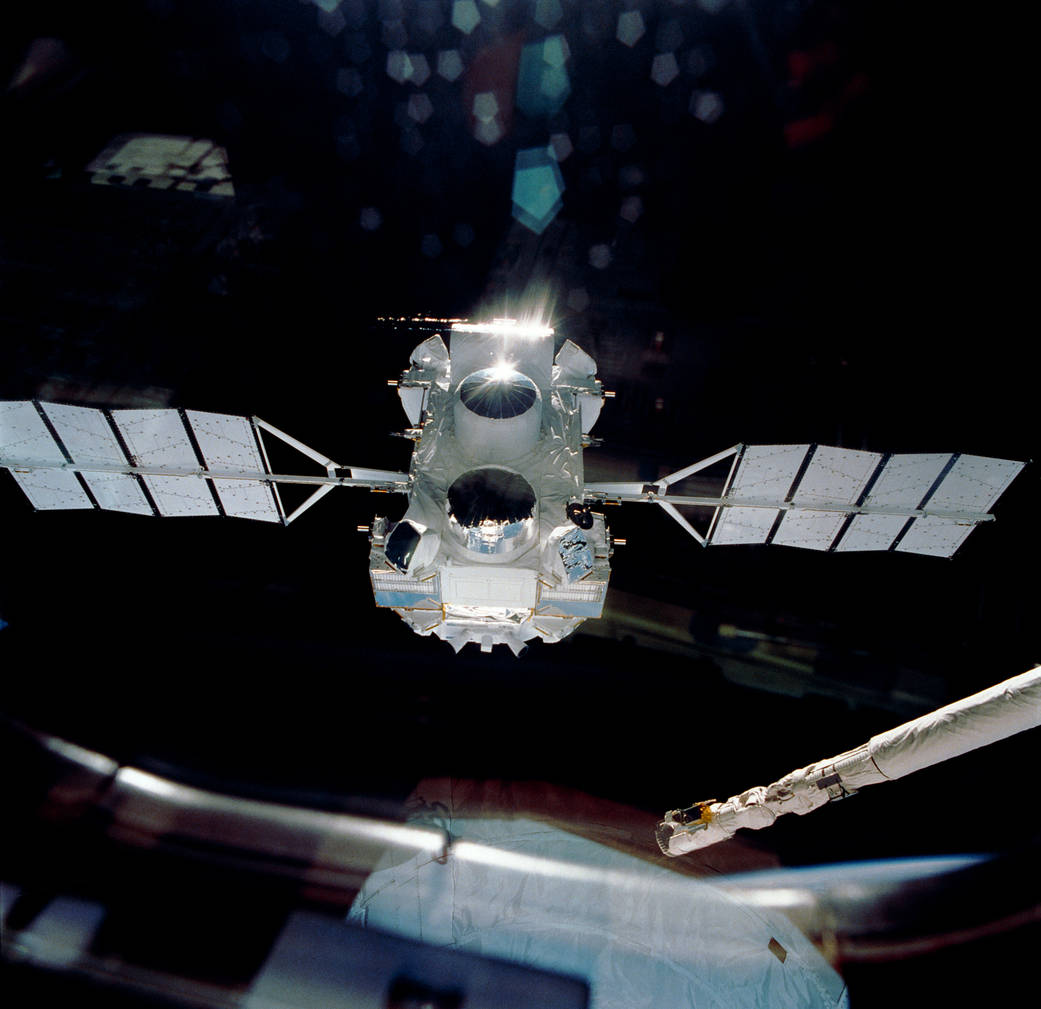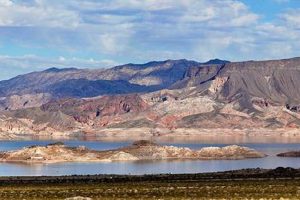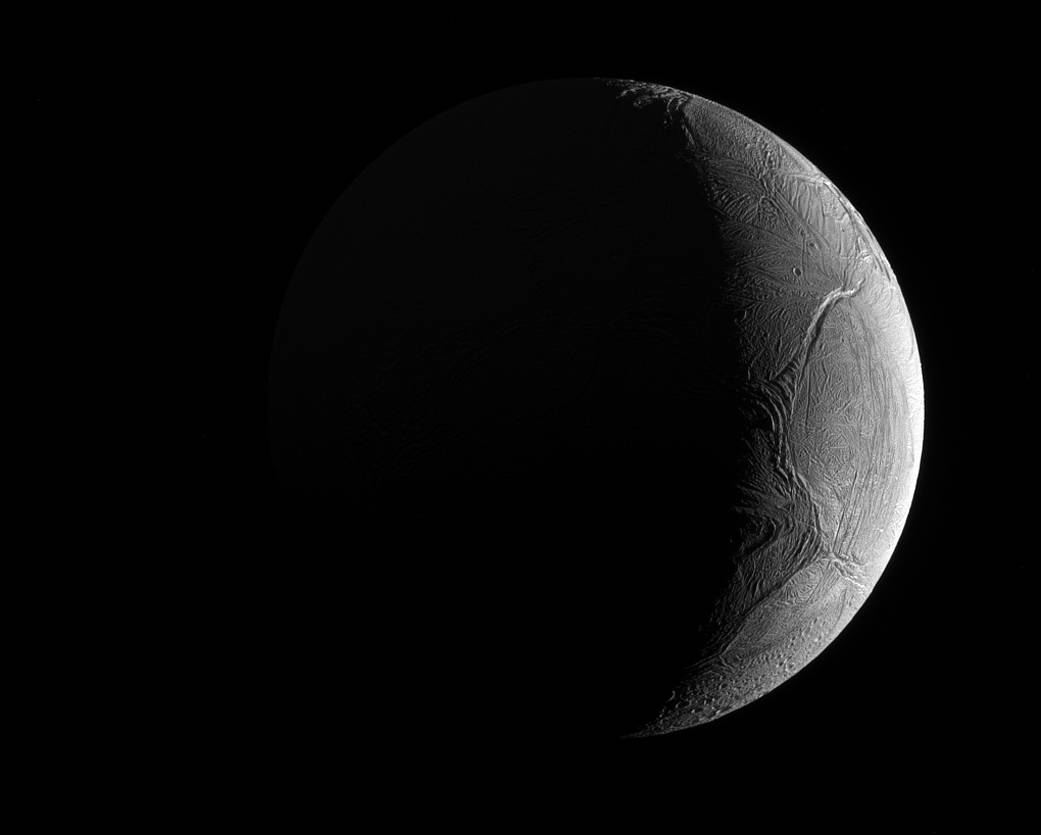NASAの今日の1枚は、簡潔に「Saturn’s Spring」です。
「北国の春」ではありませんよ、「土星の春」です。
NASAの土星探査機カッシーニが2009年8月12日に撮影した土星の春の写真です。
では、土星の春とは何のことかと言いますと、土星の地点により直接・間接的に太陽の光が当たる量に変化があり、それは地球の四季と同じだということです。
地球からだと土星の環の影が結構邪魔なのですが、カッシーニは土星の近くで詳細に観測できるとNASAは伝えています。
この記事は比較的長文ですが、文章だけではわかり難く、そもそも元ネタがNASAの別の記事です。
さらに、その記事はカッシーニではなく、ハッブル宇宙望遠鏡が撮影したもので、夏から秋の観測というオチも付いています。
このページの後半にそちらの記事の内容も掲載しましたので、ご参照ください。
NASAの公式サイトのURLはこちら:
以下はオリジナル原文と和訳です。
Saturn’s Spring
Spring doesn’t just hapen on Earth. Spring also happens on some of our neighboring planets in the solar system.
春は地球上でのみ起こるものではありません。春は太陽系に存在する惑星のいくつかでも起きています。
Of the countless equinoxes Saturn has seen since the birth of the solar system, this one, captured here in a mosaic of light and dark, is the first witnessed up close by an emissary from Earth … none other than our faithful robotic explorer, Cassini in this image from 2009.
この画像は、土星が太陽系の誕生以来見た数え切れないほどの分点(彼岸の中日)のうちの一つで、光と影がモザイクになっていて、地球から土星の間近に送られて2009年から撮影したものの中の最初のものです…それは、私たちの忠実なロボット探査機、カッシーニに他なりません。
Seen from our planet, the view of Saturn’s rings during equinox is extremely foreshortened and limited. But in orbit around Saturn, Cassini had no such problems. From 20 degrees above the ring plane, Cassini’s wide angle camera shot 75 exposures in succession for this mosaic showing Saturn, its rings, and a few of its moons a day and a half after exact Saturn equinox, when the sun’s disk was exactly overhead at the planet’s equator.
私たちの地球から見ると、分点の間の土星の環は、非常に短かく限られた見え方をしています。しかし、土星の周回軌道にあるカッシーニには、そういう制限はありませんでした。カッシーニの広角カメラは、リング面の20度上から、土星、その環、および正確な土星の分点の1日半後のいくつかの衛星、それらを示すこの画像を75回連続して撮影できました。この時は太陽は正確に土星の赤道の真上にありました。
At equinox, the shadows of the planet’s expansive rings are compressed into a single, narrow band cast onto the planet as seen in this mosaic. At this time so close to equinox, illumination of the rings by sunlight reflected off the planet vastly dominates any meager sunlight falling on the rings. Hence, the half of the rings on the left illuminated by planetshine is, before processing, much brighter than the half of the rings on the right. On the right, it is only the vertically extended parts of the rings that catch any substantial sunlight.
With no enhancement, the rings would be essentially invisible in this mosaic. To improve their visibility, the dark (right) half of the rings has been brightened relative to the brighter (left) half by a factor of three, and then the whole ring system has been brightened by a factor of 20 relative to the planet. So the dark half of the rings is 60 times brighter, and the bright half 20 times brighter, than they would have appeared if the entire system, planet included, could have been captured in a single image.
This view looks toward the northern side of the rings from about 20 degrees above the ring plane.
The images were taken on Aug. 12, 2009, beginning about 1.25 days after exact equinox, using the red, green and blue spectral filters of the wide angle camera and were combined to create this natural color view. The images were obtained at a distance of approximately 847,000 kilometers (526,000 miles) from Saturn and at a Sun-Saturn-spacecraft, or phase, angle of 74 degrees. Image scale is 50 kilometers (31 miles) per pixel.
Image Credit: NASA/JPL/Space Science Institute
Last Updated: Mar 19, 2021
Editor: Yvette Smith
元ネタ:Hubble Sees Changing Seasons on Saturn

土星の傾きによる影響(例えば四季)についての記事掲載は、こちらになります。
Hubble Sees Changing Seasons on Saturn | NASA
NASA’s Hubble Space Telescope is giving astronomers a view of changes in Saturn’s vast and turbulent atmosphere as the planet’s northern hemisphere summer transitions to fall as shown in this series of images taken in 2018, 2019, and 2020 (left to right).
“These small year-to-year changes in Saturn’s color bands are fascinating,” said Amy Simon, planetary scientist at NASA’s Goddard Space Flight Center in Greenbelt, Maryland. “As Saturn moves towards fall in its northern hemisphere, we see the polar and equatorial regions changing, but we are also seeing that the atmosphere varies on much shorter timescales.” Simon is lead author of a paper on these observations published March 11 in Planetary Science Journal.
“What we found was a slight change from year-to-year in color, possibly cloud height, and winds – not surprising that the changes aren’t huge, as we’re only looking at a small fraction of a Saturn year,” added Simon. “We expect big changes on a seasonal timescale, so this is showing the progression towards the next season.”

この記事では、土星の傾きにより、土星にも毎年(土星の年で、地球で言えば約7年)四季が生じており、その四季の間の短い期間でも大きな変化が観測される。
数年間定点観測(例えば土星の北半球の特定地点で、夏から秋に変わるタイミング)すると、大気の雲の高さ、風の強さなど様々に変化していることが確認できるということです。
